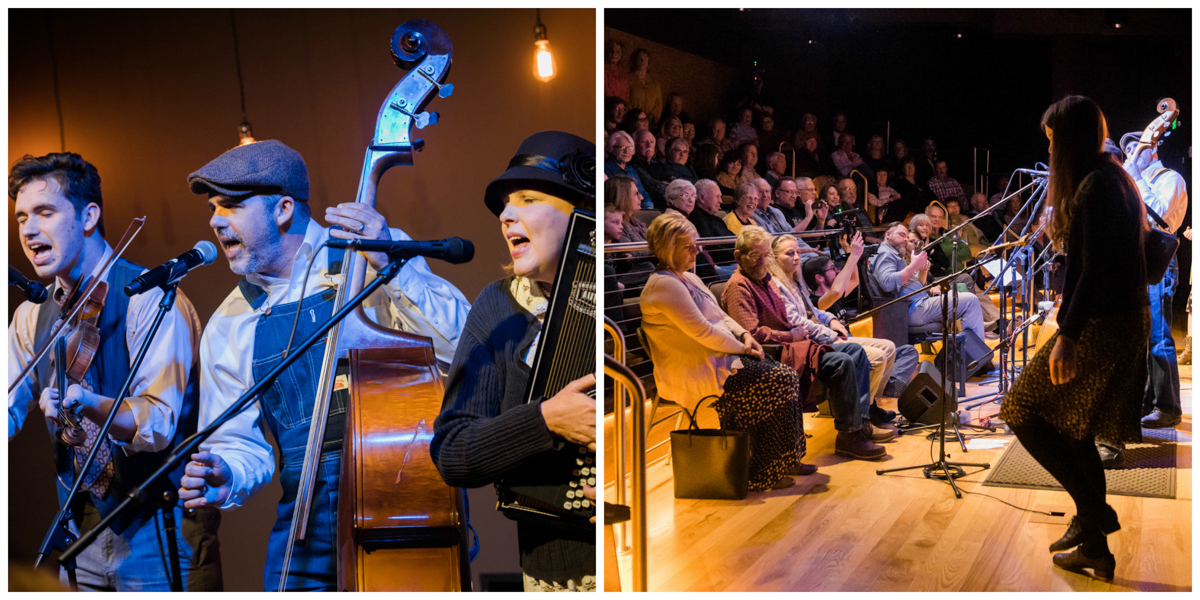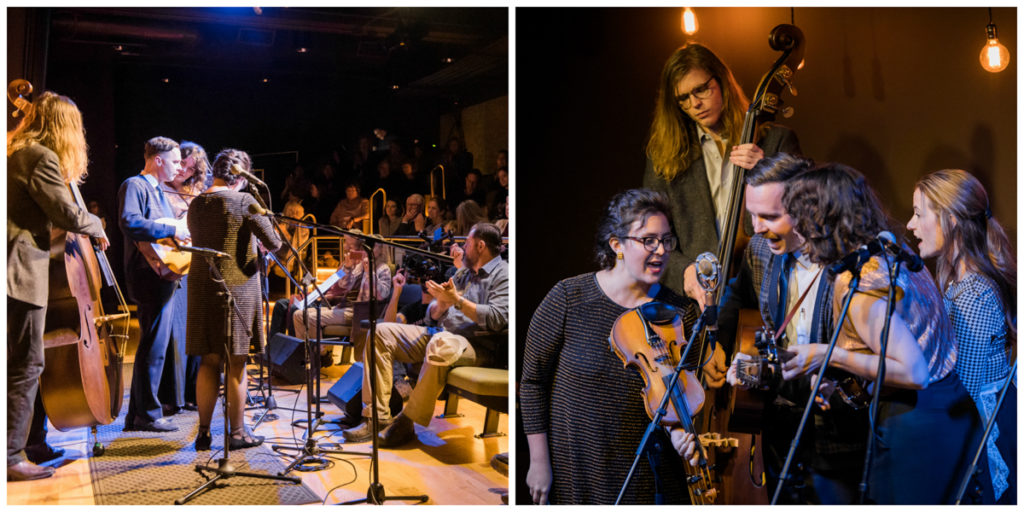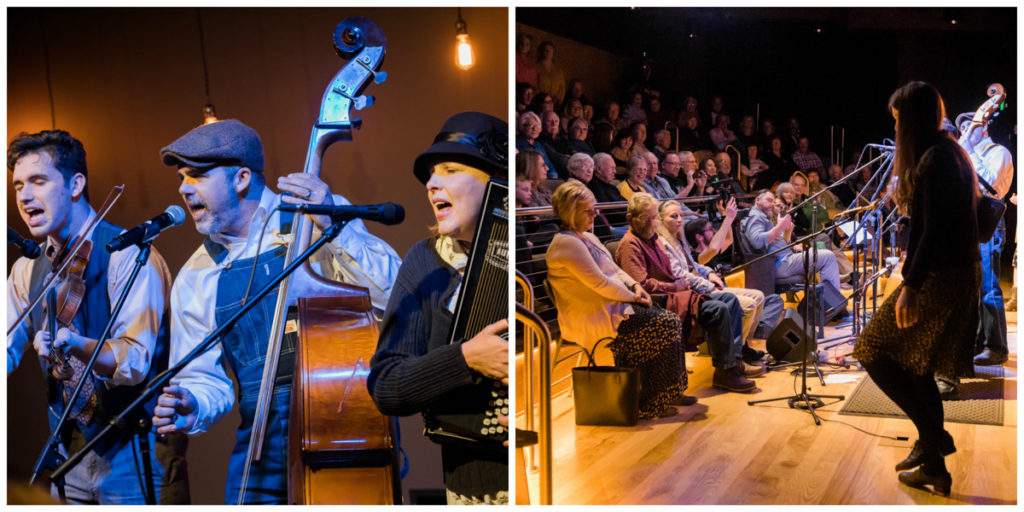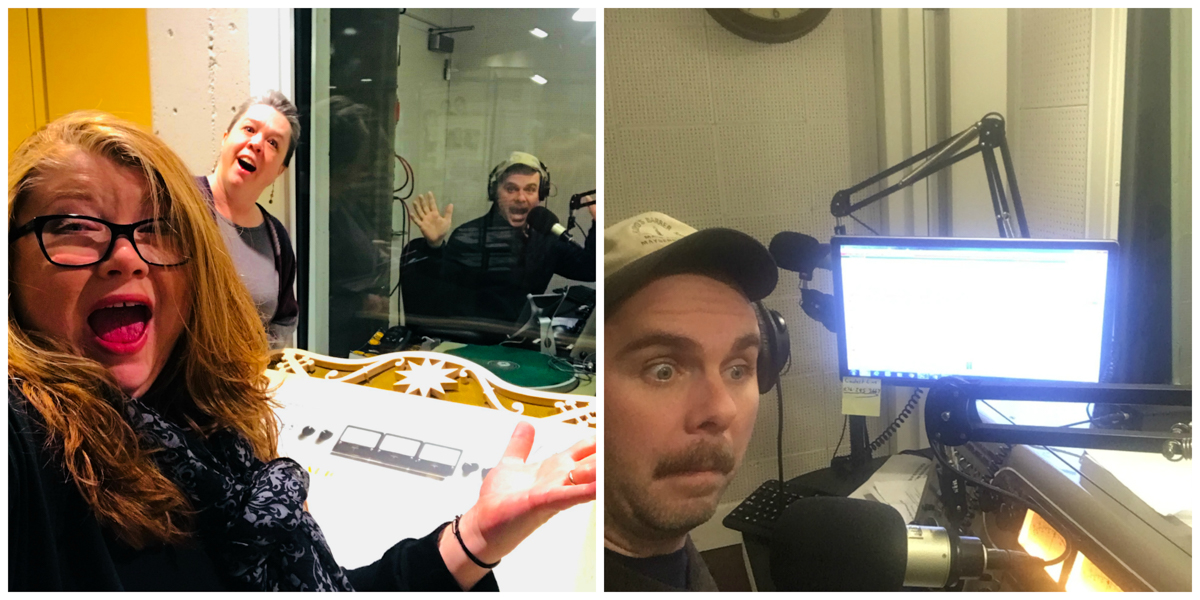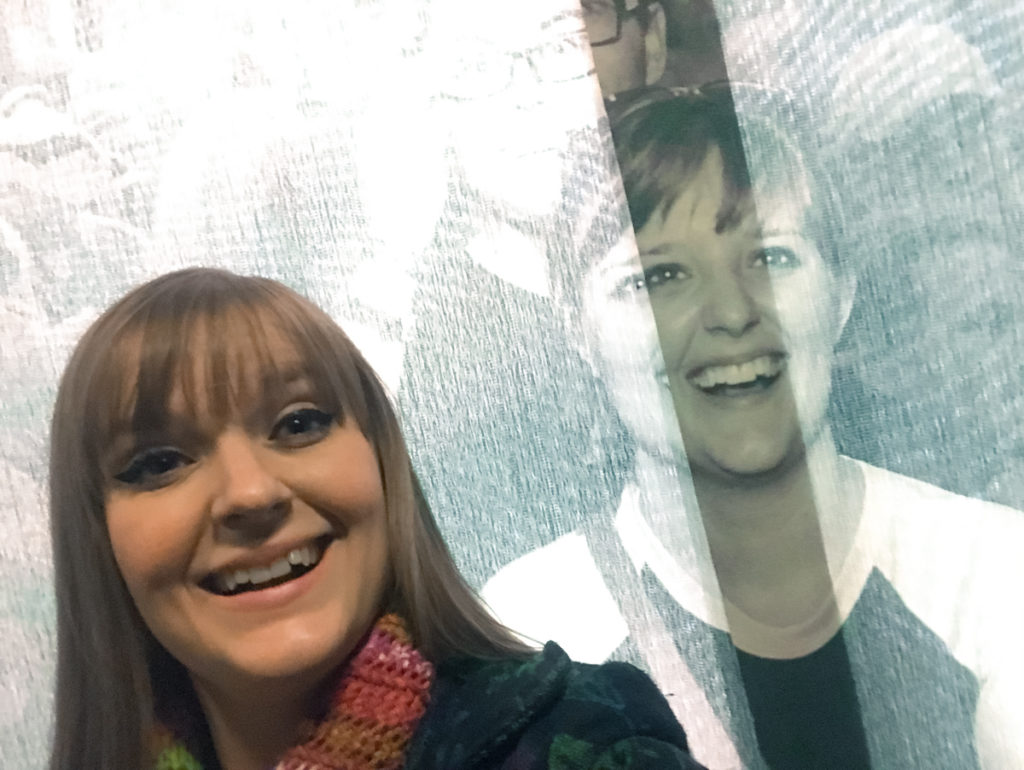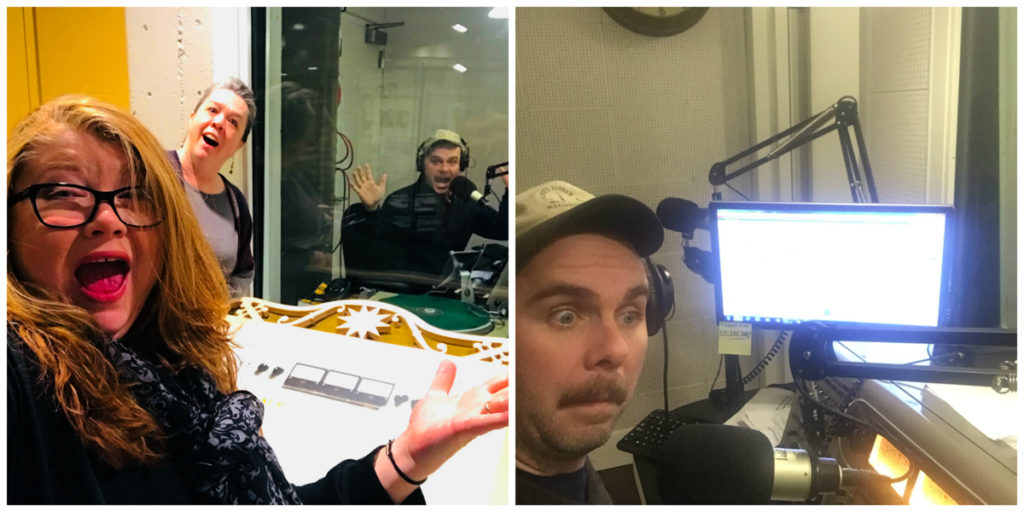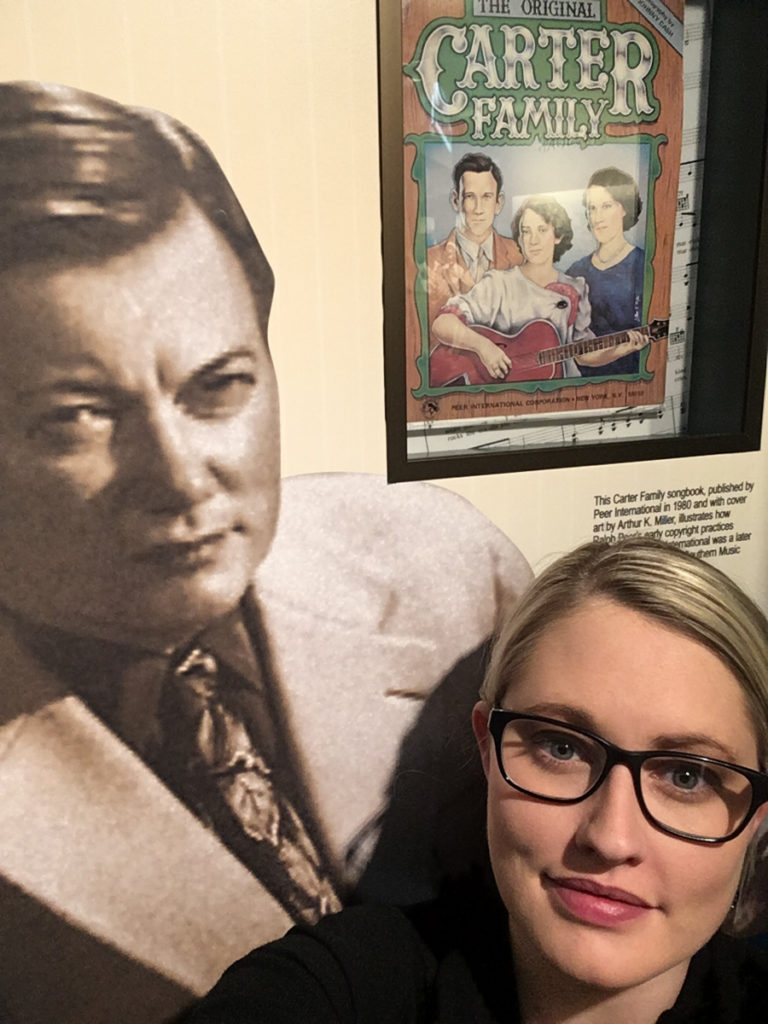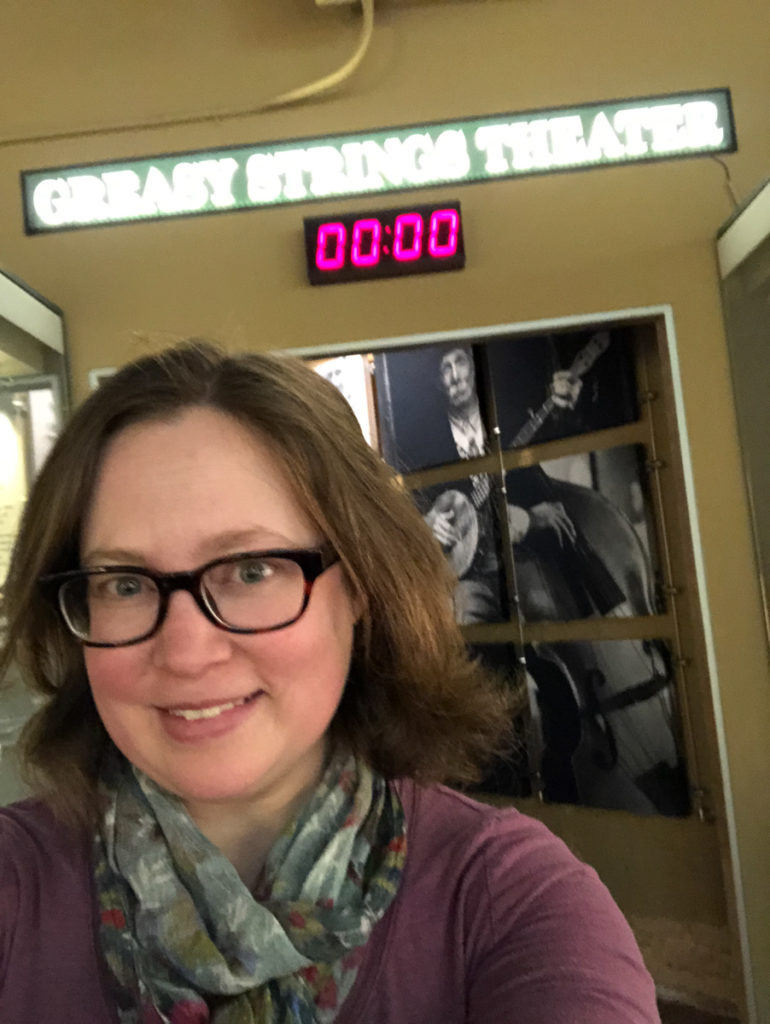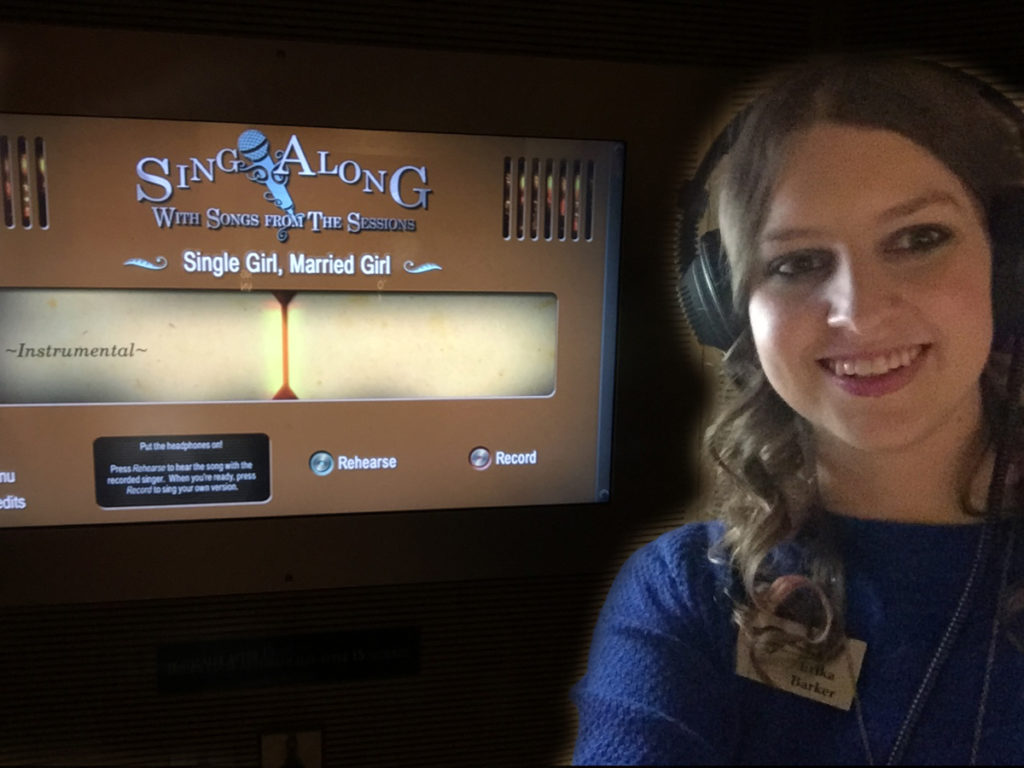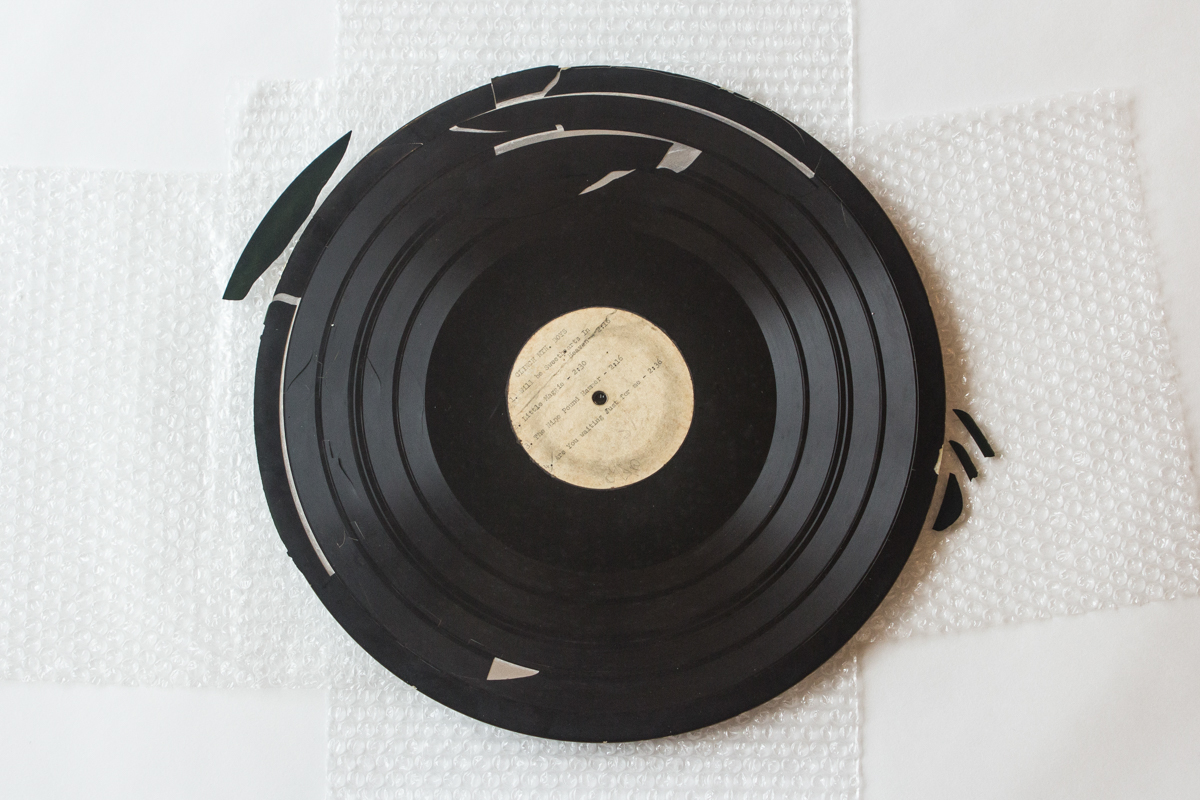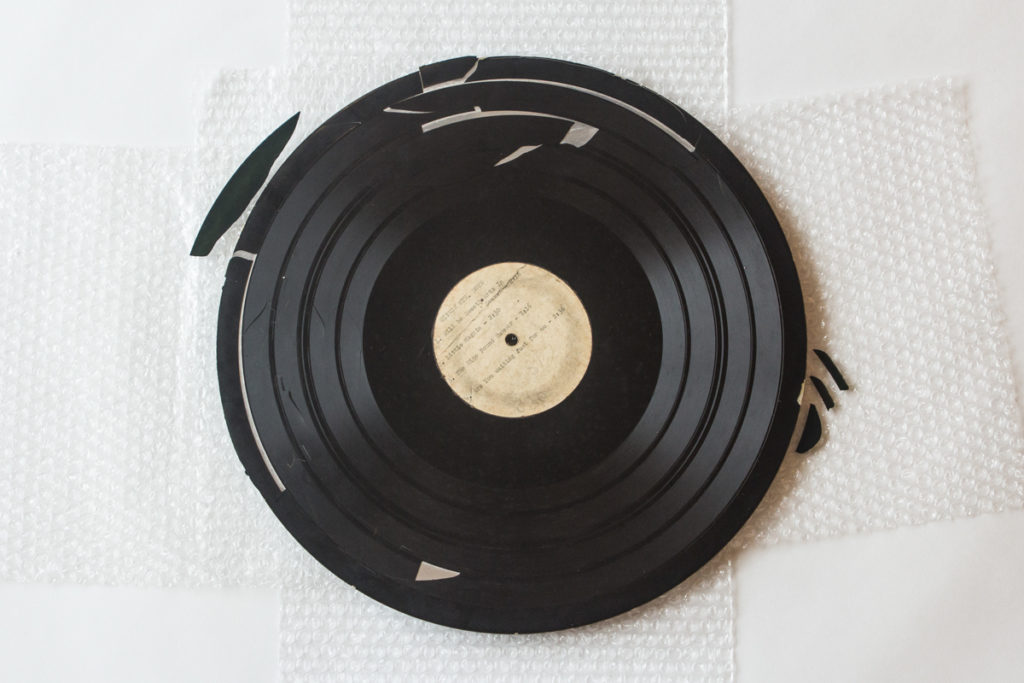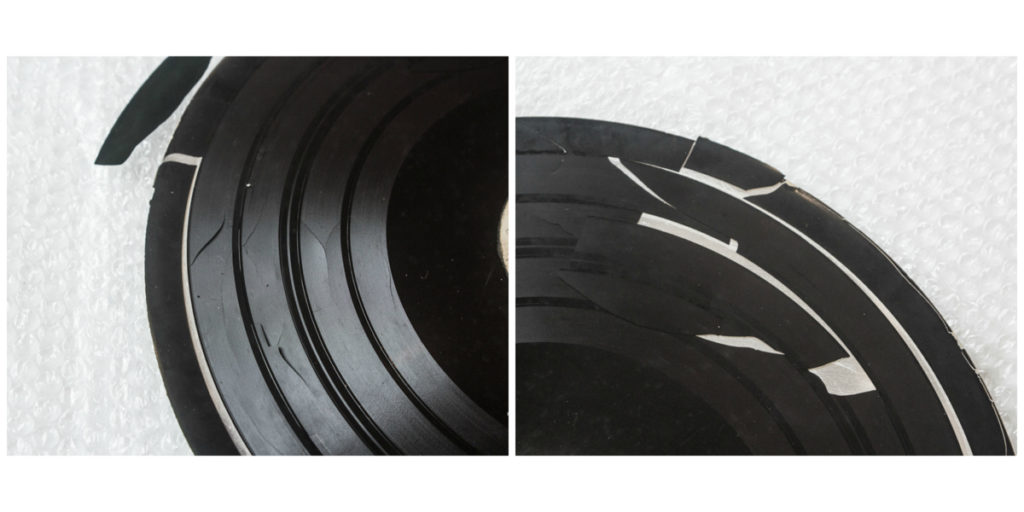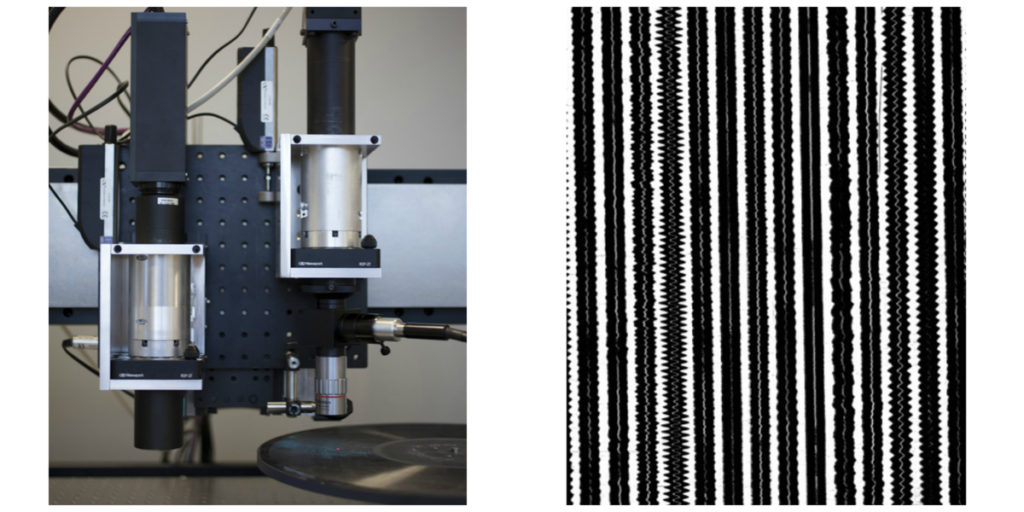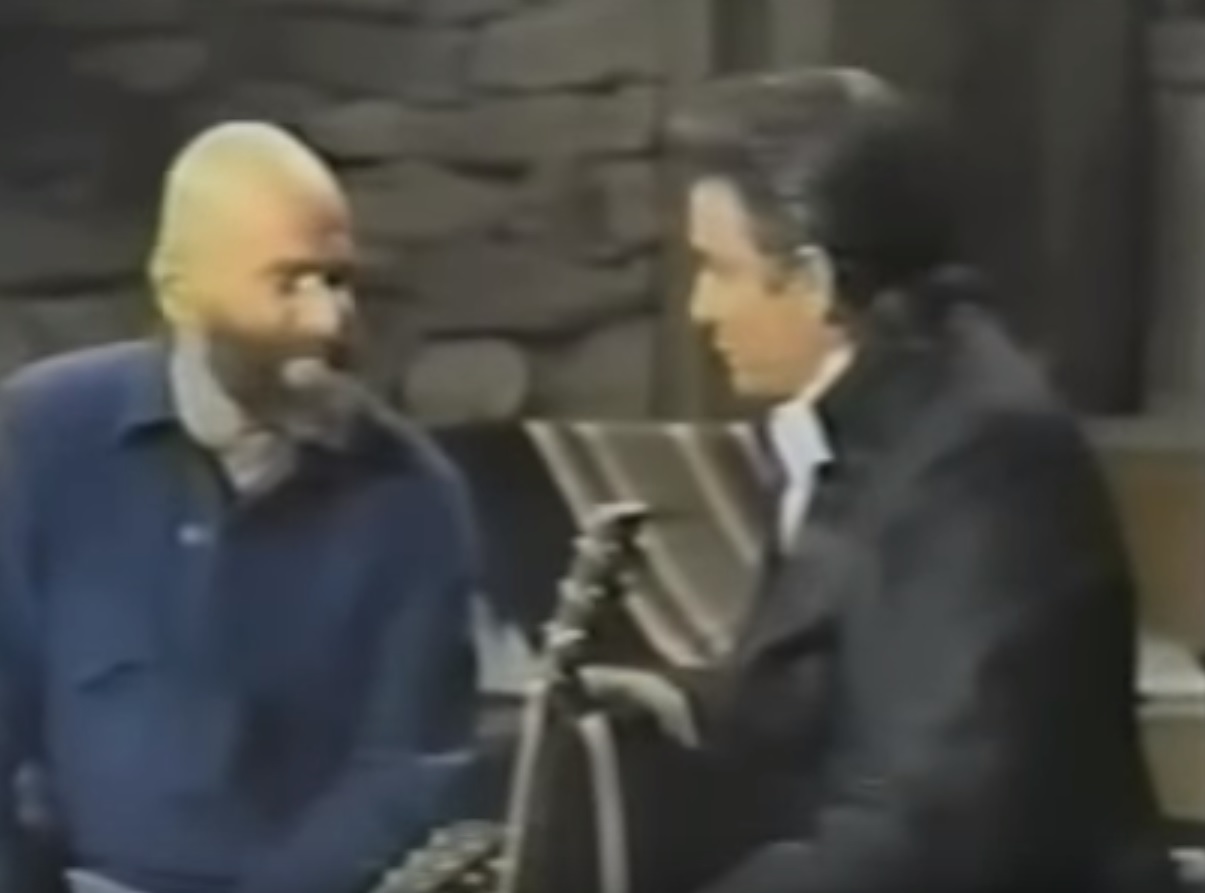Our Radio Bristol DJs are a diverse bunch – and they like a huge variety of musical genres and artists. In our “Off the Record” posts, we ask one of them to tell us all about a song, record or artist they love.
Hey, this is Big Lon!
I’ve always had a love for both music and history. Being a DJ on Radio Bristol these past few months has been an amazing experience as I’ve shared my passion for local music and records on Diggin’ With Big Lon. I’m thrilled to be writing a blog for the Birthplace of Country Music Museum “Off the Record” series. Now, I’m not a radio industry professional, formally trained historian, or even a musician; this odyssey through local music began with the random query results of an eBay search.
While looking online for a CD of bluesman and Kingsport native Stick McGhee a couple of years ago, I stumbled across a listing for an old 78rpm record on Kingsport Records. Kingsport Records? I’d never heard of Kingsport Records. I was familiar with Tri-State Recording Company in Kingsport and knew a bit about the famed Bristol Sessions and The Carter Family, but not this company and its recording history. And so this record piqued my curiosity, and I bought it even though I didn’t own a record player. While researching Kingsport Records, I discovered every little town in the region from Rogersville, Tennessee, to Big Stone Gap, Virginia, had a recording studio and a record label or two from the 1940s to the early 1980s, most of which were fledgling companies only around a short time then lost to history with only dusty old 10” shellac or 7” vinyl records as proof they ever existed. I wanted to know more, fill in the gaps, solve the mysteries of all these obscure records and artists I’d never heard of. By happenstance, my love for music and history now had a common thread, and I’ve made it my mission to discover the rich musical heritage of Southern Appalachia one dusty record at a time.
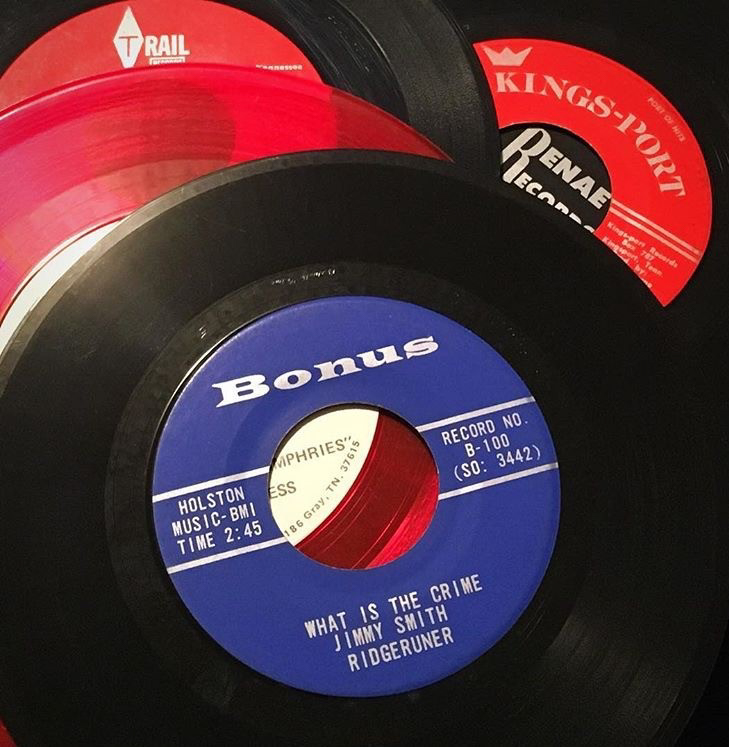
As a result, I’ve spent weekends and vacation days over the past two years digging through stacks of forgotten and neglected records in thrift shops, flea markets, yard sales, and a cornucopia of eclectic junk stores that dot the hillsides and hollows of little towns throughout Southern Appalachia. This treasure hunt led me to create Big Lon’s Crateful Dig as a way to share my weekend finds and to learn more about the artists and labels; in the process, it has also acted as a catalyst to spur conversations to preserve this mostly oral history. One of my first “in the wild” 78rpm finds was Twin-City #1007, Fellowship Chapel Choir. I absolutely could not find anything online about this record.
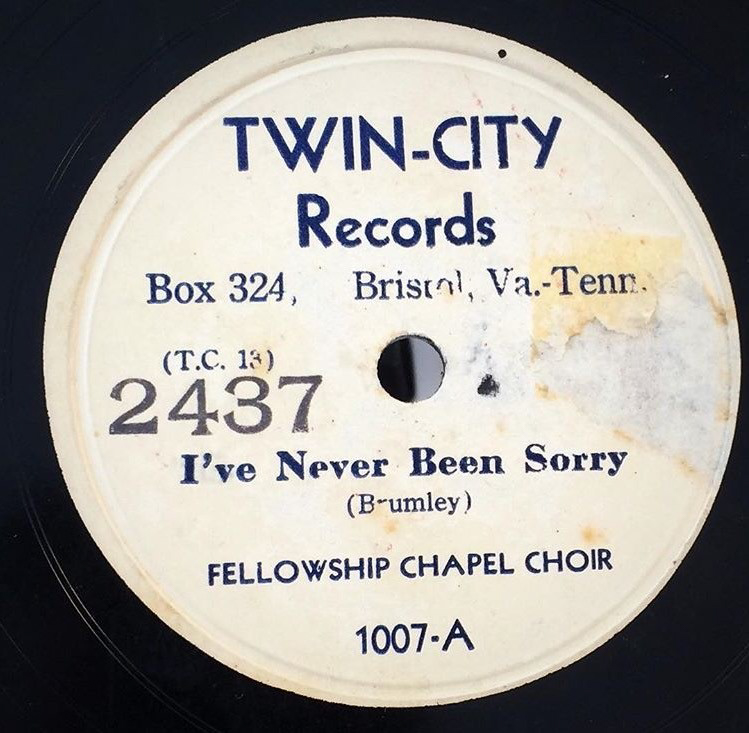
Twin-City Records has not garnered much attention from music historians. The label was founded by George D. “Cuzzin Don” McGraw in Bristol, Virginia, in 1947, and it recorded at local radio station studios. “Cuzzin Don” was a local radio personality on WOPI and WCYB in Bristol as well as stations in Richmond, Virginia, and Salem, Virginia, in the late 1940s and early 1950s. With his access to station studios and equipment, his record company was really a P. O. Box and wherever “Cuzzin Don” told the artists to show up to record. The first record released on the label was written and sung by McGraw (with others) – #1001 “Only Temporary” backed with “The Picture on the Table (By the Chair)” by Cuzzin Don, Cousin Zeke & Virginia Valley Boys.

I have identified 13 different records released on this label and suspect the total to be 22 based on the numbering system and matrix numbers. Record #1020 was used on two different releases. The most significant record now collected by bluegrass purists was the last record released on the label in March 1949 – #1021 “Somebody Touched Me” / “Driftwood” by John Reedy and His Stone Mtn. Hillbillys.
Based on the similarity of business models and label design, along with “Cuzzin Don” appearing on a couple of sides for Rich-R-Tone, there may have been some collaboration between the two labels and owners. However, I’ve yet to document a solid connection.
Twin-City Discography

And so this is what I do. Find a record and start digging, adding morsels and tidbits, slowly putting together the history literally one dusty old record at a time. And the coolest thing? I get to share these obscure records weekly with the listeners of Radio Bristol.
Guest blogger Lonnie Salyer hosts “Diggin’ With Big Lon” on Radio Bristol on Thursdays at 5:00—6:00pm. Big Lon is an avid local record sleuth and aficionado. Check out his collection on Facebook at Big Lon’s Crateful Dig.


